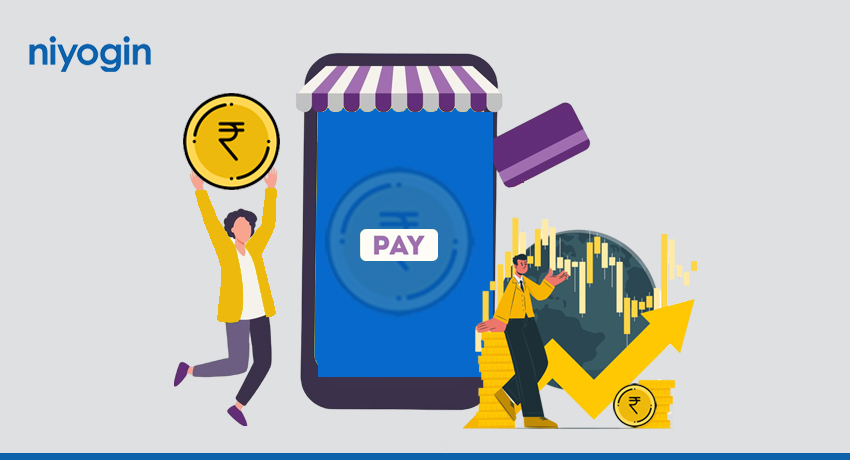The advent of Buy Now, Pay Later services has revolutionized consumer behavior and financial markets in India, marking a paradigm shift in how individuals and businesses engage with credit and commerce. This innovative financial tool has rapidly gained traction, driven by the increasing digitalization of the economy and a burgeoning preference for seamless, cashless transactions. By democratizing access to credit, BNPL has not only transformed spending habits across various demographics but has also played a pivotal role in enhancing financial inclusion.
Transformation of Consumer Behavior
BNPL services have significantly increased Indian consumers’ purchasing power by providing flexible payment options that reduce the financial burden of immediate expenses. The Indian BNPL market is expected to grow at a CAGR of more than 45%, reaching USD 45-50 billion by 2026. It has also significantly accelerated e-commerce growth in India, transforming consumer purchasing behavior. Major e-commerce platforms, such as Amazon and Flipkart, have included BNPL options, making high-value items more accessible to a wider audience. These services not only improve customer convenience, but they also increase average order values, contributing to India’s overall e-commerce growth.
The BNPL services have profoundly transformed spending patterns and bolstered financial inclusion in India. This rapid adoption has been driven by increasing digitalization and a growing preference for cashless transactions, especially among the younger population. BNPL services have democratized access to credit, with many prominent fintech platforms enabling consumers to make purchases without immediate full payment, thereby facilitating smoother cash flow management. Notably, BNPL transactions have surged across sectors such as e-commerce, travel, and healthcare, with e-commerce witnessing a 55% increase in transaction volume in 2023. This growth has been crucial in extending financial services to underserved segments, as BNPL platforms typically feature simpler onboarding processes and lower credit barriers compared to traditional credit systems. For instance, in rural areas, BNPL has empowered small business owners and consumers to access essential goods and services, thereby fostering economic participation and growth.
Implications for Financial Markets
While BNPL presents significant growth opportunities, it also introduces risks, particularly related to credit defaults. The ease of access to BNPL services can lead to over-borrowing, especially among consumers who may not fully grasp the implications of deferred payments. This has raised concerns among regulators about the potential for increased debt levels and financial instability. The Reserve Bank of India has acknowledged these risks and is contemplating regulatory measures to ensure responsible lending practices. Implementing guidelines and oversight will be crucial in maintaining a balance between fostering innovation and protecting consumers. BNPL is revolutionizing traditional lending models by providing an attractive alternative to credit cards and personal loans. This disruption is compelling banks and other financial institutions to adapt their offerings to stay competitive. As a result, many are now partnering with BNPL providers or creating their own installment-based products to capture a share of this rapidly expanding market. The integration of BNPL solutions into their portfolios is not only a strategic response to changing consumer preferences but also a proactive measure to retain customer loyalty and drive growth in an evolving financial landscape.
By and large, the future of BNPL in India will depend on how well the challenges are managed and how effectively the sector adapts to regulatory developments. As BNPL continues to evolve, it holds the potential to redefine the financial landscape, driving economic growth and improving the lives of millions of Indian consumers.
